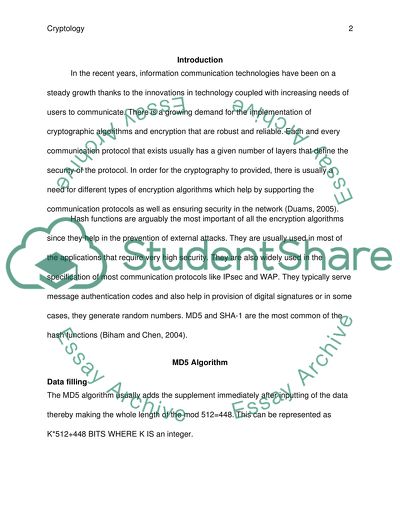Cite this document
(“Cryptology Assignment Example | Topics and Well Written Essays - 2500 words”, n.d.)
Retrieved from https://studentshare.org/information-technology/1398264-cryptology
Retrieved from https://studentshare.org/information-technology/1398264-cryptology
(Cryptology Assignment Example | Topics and Well Written Essays - 2500 Words)
https://studentshare.org/information-technology/1398264-cryptology.
https://studentshare.org/information-technology/1398264-cryptology.
“Cryptology Assignment Example | Topics and Well Written Essays - 2500 Words”, n.d. https://studentshare.org/information-technology/1398264-cryptology.


